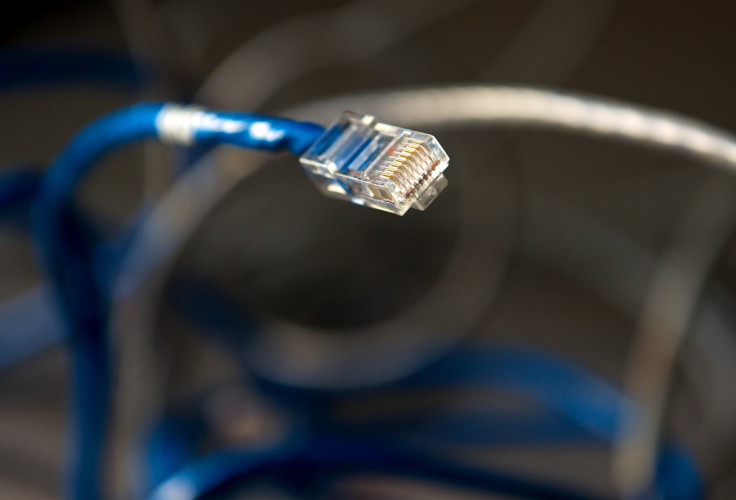FCC To Propose Monthly Broadband Internet Subsidy For Low-Income Households

The internet may be considered an essential tool in modern life, but it’s frequently out of reach for low-income households in the U.S. To address this cost issue, the Federal Communications Commission plans to have the government partially pay for high-speed internet access in those homes, according to the New York Times.
The regulatory agency is expected to submit a final proposal to FCC members Tuesday that would subsidize internet access in low-income households to the tune of $9.25 a month. The proposal is part of a $2 billion overhaul of the FCC’s Lifeline program.
Since 1985, the Lifeline subsidy has provided discounts on landline phone service to low-income Americans. In 2005, the program was extended to also subsidize prepaid wireless service plans. To qualify, participants must have incomes at or below 135 percent of the poverty level in the U.S. or receive aid through federal assistance programs such as Medicaid and the Supplemental Nutrition Assistance Program, aka food stamps.
Only 41 percent of U.S. households with incomes under $20,000 had broadband access at home in 2015, according to a Pew Research Center study. In contrast, 90 percent of U.S. households with incomes over $100,000 had such access last year. Meanwhile, 21 percent of the low-income households have increasingly turned to the smartphone as the primary device for accessing the internet, an increase of 8 percentage points between 2013 and 2015.
The Lifeline program drew criticism in 2013 for failing to ensure that all its participants were qualified, according to the Wall Street Journal. Under the new proposal, FCC Chairman Tom Wheeler is expected to suggest the appointment of a third party to check individuals for eligibility. Previously, mobile carriers handled the vetting process.
The proposal will come to a vote March 31, when it is expected to be approved by a majority of the five FCC members.
© Copyright IBTimes 2024. All rights reserved.






















